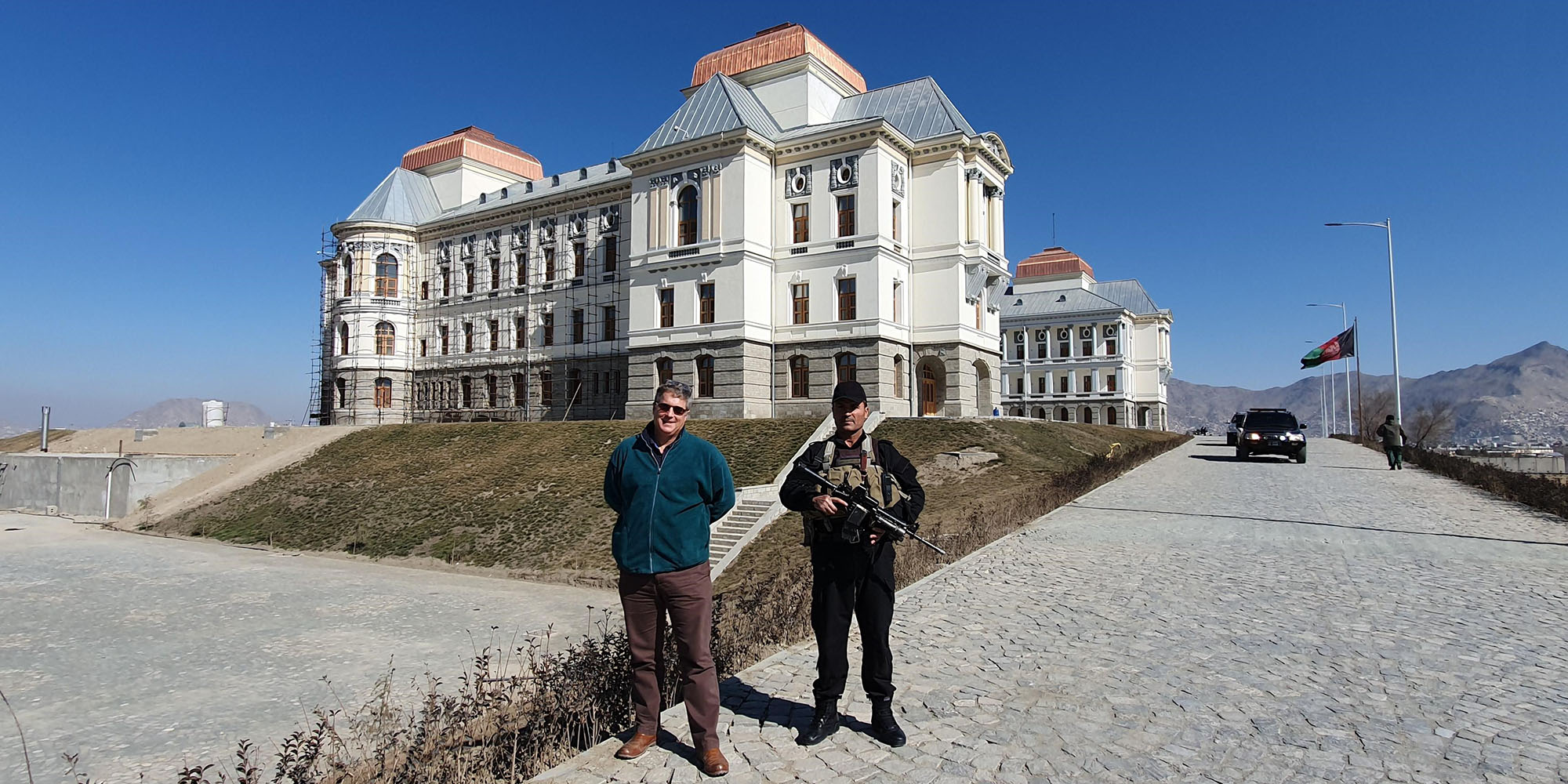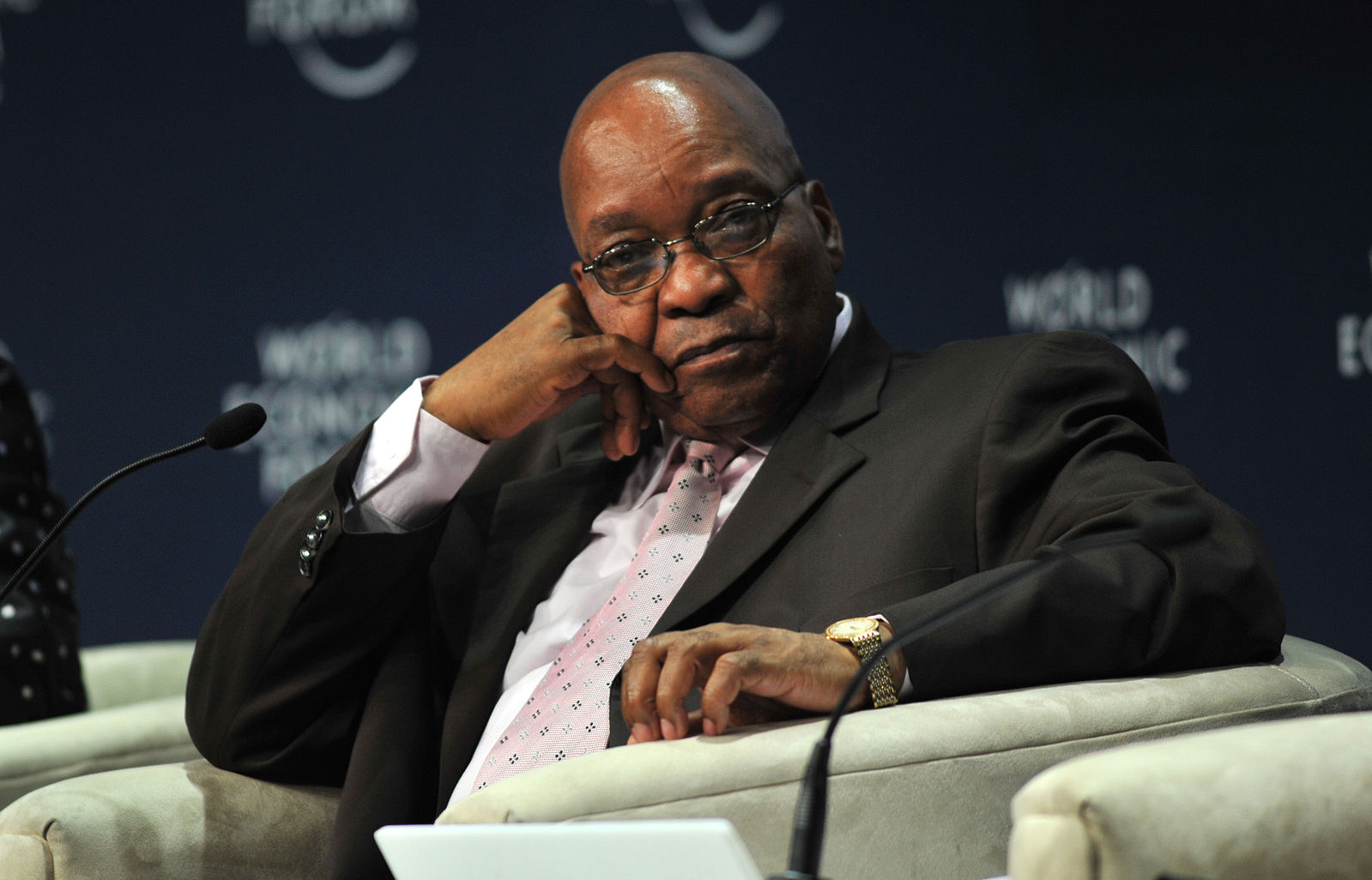News
Afghanistan (Part One): The mayor of Kabul — trying to find normality amid the ruins of war
Since 9/11, nearly a million foreign troops have cycled through Afghanistan at a cost of $1-trillion and more than 200,000 Afghan and Nato lives. With faltering talks under way in Doha between the Taliban and the government, and a rise in terrorism in Afghanistan, a report on the prospects for peace and the need for a regional approach in this, the first in a three-part series.

“A lot has changed in 20 years,” smiles Mohammad Daoud Sultanzoy, “and yet nothing has changed.”
Sultanzoy was appointed by President Ashraf Ghani as mayor of Kabul in April 2020. A pilot, he defected to Germany along with his aircraft during the war with the Soviets, making his way to the US where he joined United Airlines. Having retired with 32,000 hours in the cockpit, and having returned to the land of his birth in 2001, he served as an MP representing Ghazni Province. Thereafter he moved briefly into television before running against Ghani in the 2014 Afghan elections.
He was given a role by his rival, however, in heading the Afghan Airfields Economic Development Commission, which (so far unsuccessfully) sought to convert the airfields built by Nato's International Security Assistance Force into free trade zones.He showed little sign of stress at our meeting in Kabul, despite a bomb being found on his car in the mayoral car park that morning. Kabul is suffering a spate of “sticky bomb” attacks, small magnetic bombs being attached to cars, usually as they weave their way through the paralysing traffic.
The capital cannot be described by any stretch of the imagination as a beautiful city, despite its setting in the basin of a ring of snow-capped mountains. There has been progress in rehabilitating some of the historic buildings, including the Darul Aman Palace across from the House of Parliament. Originally built in the 1920s, the palace was severely damaged during the civil war in the 1990s, after which it became a symbol of Afghanistan's lost years. It was completely renovated between 2016 and 2020.
Across the street is the National Museum, which contains more than 100,000 artefacts, many recovered from the looting and wanton destruction of the mujahideen and Taliban period until 2001, after which the museum was a burnt-out hulk. Today, restorers work to piece together and restore old works, including the museum's extraordinary collection of Buddhist statues, some of which have been returned from as far afield as Japan.
In the centre of Kabul the Arg, or citadel, which serves as the presidential complex, has also been sensitively restored by Afghans at a fraction of the price demanded by international firms, says Ghani.
Sitting on a 34ha site, the Arg was built after the destruction of the Bala Hissar fort in 1880 by British troops. It has served since as the palace for all Afghanistan's heads of state, including the incumbent. During the 1978 Saur Revolution, Mohammed Daoud Khan and his family were assassinated by members of the communist People's Democratic Party of Afghanistan inside the Arg, while former president Mohammad Najibullah was strung up just outside the walls in 1992, having been abducted by the Taliban from the nearby UN compound, castrated, killed and dragged through the streets of the city. Najibullah had served as president from 1987.
Ghani is justifiably proud of the restoration work in the Arg and outside. He excitedly shows me around his library, built by King Zahir Khan, and recently restored.
“Many of the books,” he says, opening a cabinet in a room decorated with mother-of-pearl inlays, “are first editions. I cleaned up many of them myself,” he smiles. Now the restoration of the Bala Hissar is underway.
Elsewhere the city is the same scrappy place it was 10 years ago. Police and army patrols and checkpoints dominate given the security situation, and the Green Zone around the government buildings is a maze of blast barriers, concrete chicanes, and armoured vehicles. Designed for just 600,000 inhabitants, Kabul now houses 10 times that number, their homes crawling up the grey-brown hillsides like errant Lego lumped in chaotic heaps.
“People have taken it upon themselves,” says the mayor, “to provide for themselves.” This situation does not only apply to housing, but to public transport, environmental issues, water, electricity and sewage. With an annual budget of just $100-million, it's a tall order for the municipality to get this agenda right.The most notable deficit today is, however, in security. “Every time you go outside, it is like playing a computer game,” says one government official. “Except you don't lose the game, but perhaps your life.”
Yet, it is not what's on the surface that matters. It rather concerns the inner stuffings of the economic system that produces this outcome.
Dr Karima Hamed Faryabi, Afghanistan's Minister of Economy, says that conflict has been “the number one constraint on economic growth”. She points out that one-third of the budget is allocated for security expenditure, obliging the “government to compromise investments in infrastructure, governance, rule of law, education, health and a number of other priority areas”. Another one-third, she notes, goes towards reconstruction. This offset increases in public domestic revenue collection, which has gone from $130-million in 2002 to $2-billion in 2020.“While insecurity is a major problem,” admits the mayor, “the absence of jobs and the quality of education has given the Taliban, Al Qaeda and Daesh the soldiers that they need.”

A medical doctor, Faryabi is clear that corruption is a major cancer. Afghanistan's recovery requires changing the operating system on which the country's fragile peace was based, the political economy of peace during the Karzai years (2002-2014) of government, when warlords were kept in the tent by cutting them in on deals. Corruption was, in the circumstances, a reasonable cost of business. But it has proven less reasonable as time has gone on, as delivery has failed to keep pace with expectations, especially among the 70% who are under the age of 30, but who are plugged into the opportunities in the outside world.
But if graft is an apparently incurable condition of the country's political class, then Afghanistan cannot make the progress that people demand. Its resection is politically tricky. The reforms so necessary to encourage foreigners to invest and thereby create a positive cycle of growth, job creation and stability are likely in the short term to create instability as the power brokers find themselves no longer taking a slice, but are cut out of the game. It is not just a question of “what you call corruption, we call custom”, but rather a more snarled knot of vested interests and political stability.
Afghanistan is long said to be at the crossroads of Central Asia, surrounded by Tajikistan, Turkmenistan, Uzbekistan, China, Iran, India and, of course, Pakistan. Each of these has its own agenda, explaining why the idea that the US, the Afghan government and the Taliban can make a deal is fundamentally flawed.But Afghanistan is also a site for the collision of two different worlds, one the mayor's domain, urban and informed by the increasingly uniform standards of technology and skills brought in from the world outside; the other, from a rural setting, informed and defined by more prosaic elements, not least the relationship between religion and the state. These two worlds collide on the fringes of cities like Kabul, their fault-lines marred by violence and, more commonly, intense poverty.
Ghani admits to failures in making peace. “Afghanistan,” he reminds, has been “witness to nine out of the 20 largest terrorism incidents in the world”. As a result, it has “lost fully 16.7% of our GDP to the Taliban… as we build, it gets destroyed”. He reminds that the country lost $240-billion “of assets and opportunities” between 1978 and 2001.
But cementing a peace is not completely dependent on the donors, no matter the importance of the US role, especially in funding and facilitating intelligence and anti-terrorist operations. With US troop numbers having come right down from Obama to the Trump period to just 2,000 troops, the Afghans have, for a long time, borne the brunt of the fighting and nearly all of the casualties. It's no longer the US's war. The same security stalemate existed when Nato forces peaked at 150,000 troops in the country.The challenge for Afghanistan is that donors, for all the best will in the world, are of little use, save for bringing money and a smidgin of development into these environments. Their main utility is in bringing along the means to end the fighting, which could provide the greatest dividend of all. That requires diplomacy in spades across the region, not least in convincing Pakistan that a stable Afghanistan is not a threat, but an advantage. It demands India dimming its military involvement, which only inflames Islamabad. And it requires linking the Central Asian region through an interlocking series of electricity and fibre-optic connections, what Ghani describes as the “Asian Roundabout”.
The danger for Afghanistan is that poor, disillusioned people with limited prospects confronting the reality of poverty and great inequality and injustice find solace in conspiracy theories and seek in Islam both an expression of rebellion and an answer to their plight. As the political balance wobbles between a weary government and a resurgent Taliban, both the Afghans and their international supporters will have to decide what kind of country they want, obscurantist or enlightened.
This article was originally published by The Daily Maverick.


